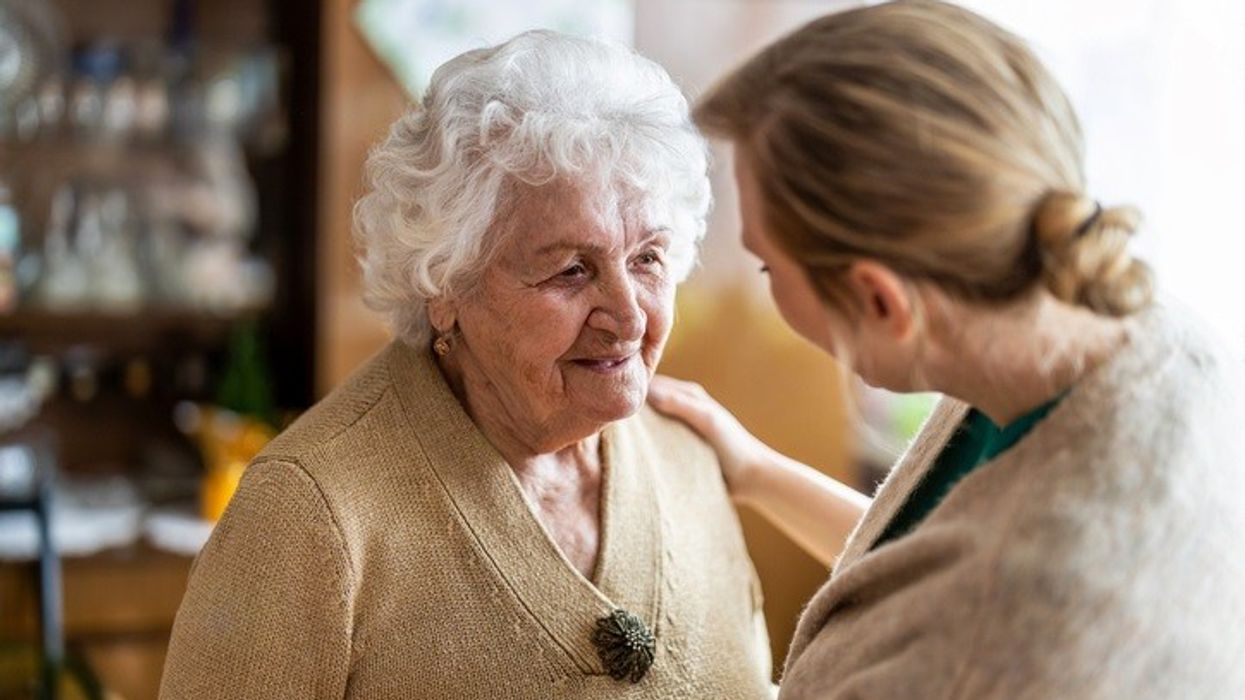In his recent book "How To Prevent Dementia," Dr Restak, an author and clinical professor of neurology at George Washington University, uncovers early indicators of dementia, challenging our understanding of this condition.
Dr Restak, who has also served as President of the American Neuropsychiatric Association, delves into groundbreaking research that hints at the early detection of dementia.
Central to his findings is a 1968 research study, often referred to as "the nun study," led by epidemiologist David Snowdon, the HuffPost reported.
This unique study involved 678 nuns and provided unprecedented insights into the early signs of dementia.
Dr Restak highlights a fascinating aspect of this research: the nuns' autobiographical essays, penned in their twenties as part of their applications to join convents, held clues to their future cognitive health.
According to Dr Restak, Snowdon discovered a notable pattern in these essays.
The writing of nuns who later developed dementia typically had less complexity and fewer ideas compared to those who remained dementia-free.
“The best functioning nuns differed from their counterparts who had succumbed to dementia by what he termed cognitive density: many thoughts and ideas woven into few sentences and paragraphs,” he revealed.
Dr Restak illustrates this point with two striking examples.
For example, Dr Restak refers to a nun who, at the age of 93, vividly recalled her life as a young woman. Seventy years earlier, she had written, “After I finished the eighth grade in 1921, I desired to become an aspirant at Mankato [a convent], but I myself did not have the courage to ask permission of my parents. So, Sister Egreda did in my stead.”
This nun, still mentally agile in her nineties, was actively involved in writing a biography, knitting, crocheting, playing cards, and walking daily at the time of her interview, Dr Restak said.
In contrast, another nun, also in her nineties but exhibiting symptoms of dementia, had penned a much simpler autobiographical essay in her early twenties: “After I left school, I worked in the post office.”
Dr Restak highlights the differences in their narratives. The first nun's account is filled with layers of complexity, indecision, and perhaps reluctance, as she struggled to communicate her desire to join the convent to her parents.
The second nun's description, however, is straightforward and lacks depth, focusing solely on her employment post-schooling, with no further elaboration.
However, Dr Restak emphasises that how one describes their job or experiences is not the sole indicator of this phenomenon.
It is more about the 'cognitive density' mentioned previously – the richness and quantity of thoughts and ideas that “you pack into your words.”
It is worth mentioning that this observation was made in the case of nuns who authored their essays in their twenties.
Dr Restak said the Nun Study provides further evidence supporting the theory that Alzheimer's disease begins long before it is officially diagnosed by doctors and recognised by family members.












